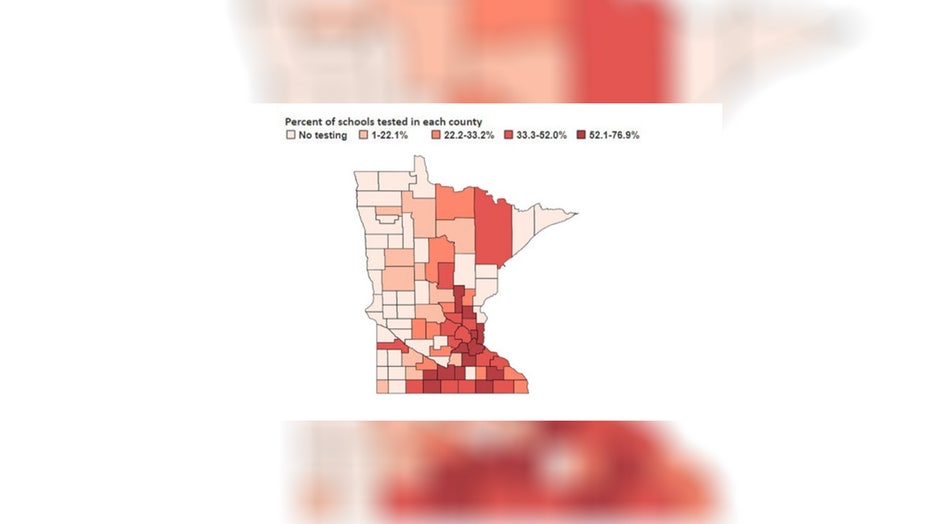Radon testing: Schools with more lower-income students tested less, MDH reports

MN schools coming up short in radon testing
Schools with more students from lower-income families are less likely to be tested for radon, according to data from the Minnesota Department of Health showing less than half of public schools in the state were tested for radon between 2018 and 2022.
ST. PAUL, Minn. (FOX 9) - Schools with more students from lower-income families are less likely to be tested for radon, according to data from the Minnesota Department of Health showing less than half of public schools in the state were tested for radon between 2018 and 2022.
What we know
The Minnesota Department of Health (MDH) released a data brief showing only 39% of Minnesota public schools had at least one room tested for radon.
Meanwhile, 25% of school districts had one or more schools tested for radon, according to the report.
Most schools that haven't been tested, according to MDH, disproportionately serve children from lower-income families.
The MDH said school districts that had the most students eligible for Free and Reduced-Price Lunch (FRPL) program tested, on average, 20% fewer schools in the district than districts with the smallest number of students who qualify for FRPL.
The MDH said children breathe in twice the amount of radon compared to adults because of their smaller lungs and higher respiratory rate.
The data focuses on surveys gathered from 2018 to 2022.
MDH officials also released a map showing which areas of the state had the highest and lowest percentages of school districts that tested for radon.

Radon testing map from the Minnesota Department of Health. (Supplied)
READ MORE: Data shows Minnesota income disparities extend to radon mitigation
What they're saying
Minnesota Department of Health Indoor Air Unit Supervisor Daniel Tranter addressed the challenges some schools might face when it comes to administering tests.
"Hiring a licensed professional is probably going to cost $1,000 to $2,000 or $3,000 to test an individual school building," Tranter said. "Schools have a finite amount of funding, and they need to prioritize testing and projects that are required; for example: testing drinking water is required, so they’re going to focus on that first," Tranter said.
The data brief also states that MDH officials "suspected that southern and western Minnesota regions with known geologic risk for radon — or higher risk potential — might have higher rates if testing and higher risk of elevated levels, but overall testing was so sparce that we could not assess this association."

